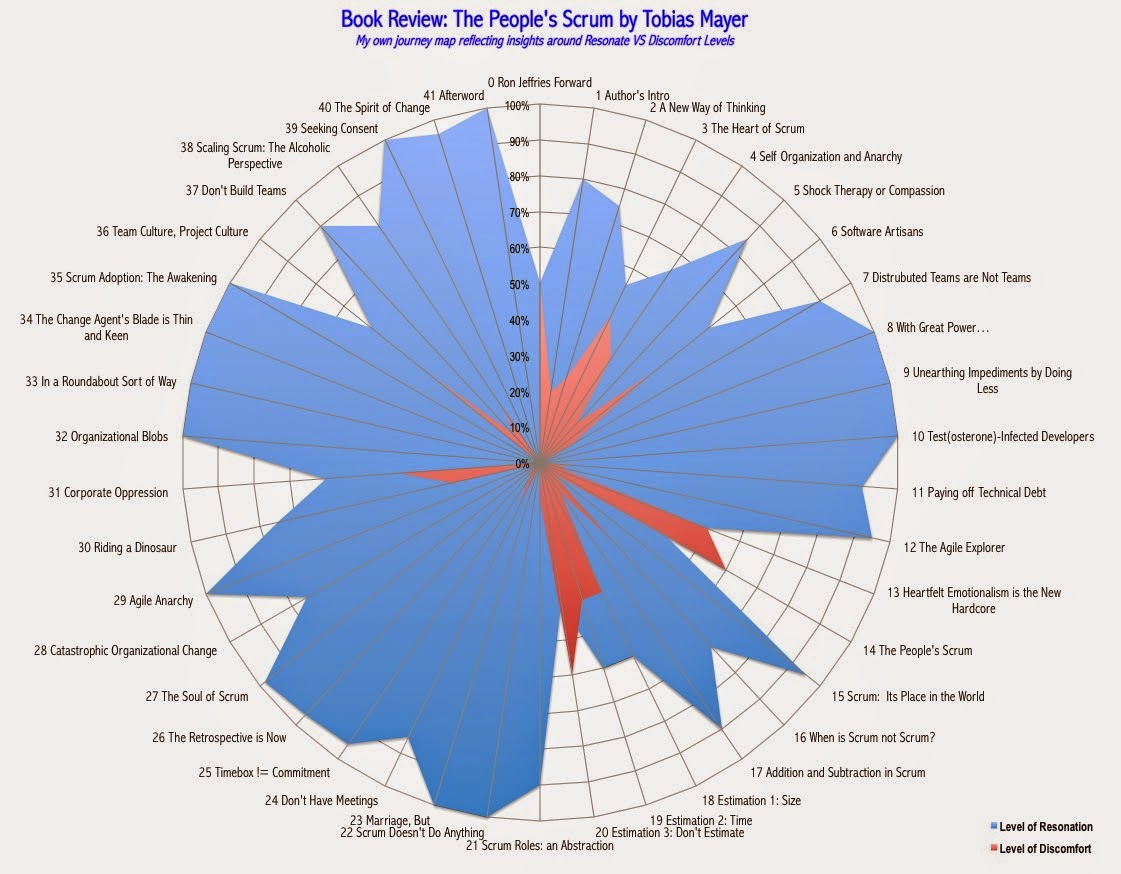This week I spent a five days out from work-time to attend an IBM Technical Bootcamp on MDM: Master Data Management. This is an investment in myself for my own learning and growth, in case I need to branch out into enterprise data management, leaving the world of set top box software (one day!). MDM is quite a niche bit of technology, with a lot of potential for growth, seeing the world is moving toward big data, data harmonisation and overall customer/product data governance. The market in South Africa is still small however, so I will have to monitor this one for a while...at least I came out with enough knowledge and technical understanding, including the internal architecture of an MDM system, which, a week ago, I didn't really have...
Anyway, the point of this post is really to share with you my current progress in my own journey of returning back to being creative again (I never took any art lessons or courses by the way). I have previously shared some of my sketches from childhood (left pic), which has been dormant for a long long time. Not so long ago, I came across the work of Lynne Cazaly on visual facilitation, and now I find myself quite inspired by visual note-taking, hoping to use this technique in my own facilitation workshops one day.
I am currently working through Lynne's book "Visual Mojo", as well as Mike Rohde's "The Sketchnote Handbook". I have also David Sibbet's "Visual Leaders" on my todo list once I've worked through the first two.
Inspired by Lynne's encouraging words as well as Rohde's own personal transformation from detailed note taking (which I used to), I decided to give this visual note-taking thing a shot, and use it for the MDM Technical Bootcamp. Equipped with a simple notebook, and two black felt tip pens (0.1 & 0.8 Mitsibushi Pencil Uni Pin Fine Lines which I've had for 5 years unused), and only halfway through both Visual Mojo & Sketchnotes, I took the plunge, and daring to share my very first attempt with you!
What do you think eh??
Anyway, the point of this post is really to share with you my current progress in my own journey of returning back to being creative again (I never took any art lessons or courses by the way). I have previously shared some of my sketches from childhood (left pic), which has been dormant for a long long time. Not so long ago, I came across the work of Lynne Cazaly on visual facilitation, and now I find myself quite inspired by visual note-taking, hoping to use this technique in my own facilitation workshops one day.
I am currently working through Lynne's book "Visual Mojo", as well as Mike Rohde's "The Sketchnote Handbook". I have also David Sibbet's "Visual Leaders" on my todo list once I've worked through the first two.
Inspired by Lynne's encouraging words as well as Rohde's own personal transformation from detailed note taking (which I used to), I decided to give this visual note-taking thing a shot, and use it for the MDM Technical Bootcamp. Equipped with a simple notebook, and two black felt tip pens (0.1 & 0.8 Mitsibushi Pencil Uni Pin Fine Lines which I've had for 5 years unused), and only halfway through both Visual Mojo & Sketchnotes, I took the plunge, and daring to share my very first attempt with you!
What do you think eh??























